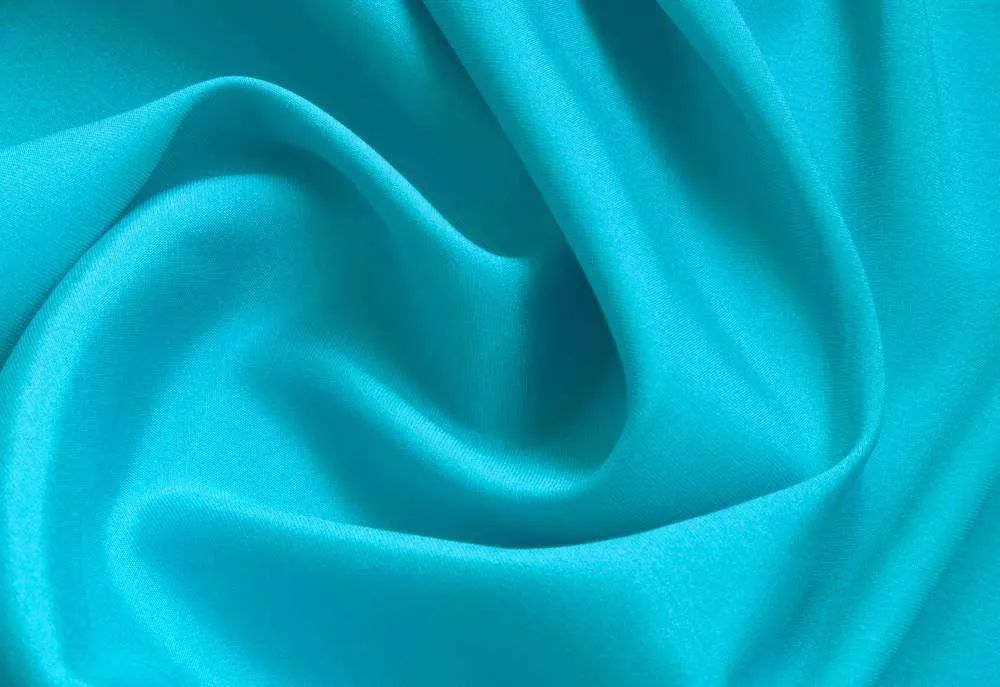For printing and dyeing manufacturers, there are many factors in life that affect the accuracy of textile color measurement.
Moisture content
Wait The moisture in the measured fabric has a great influence on the color measurement results, so the sample needs to be humidified to make its moisture content relatively stable. Humidification should be carried out in a room with constant temperature and humidity to ensure that all samples have enough time to reach a constant moisture content.
Among them, the humidity control time of most highly hygroscopic fabrics takes several hours. In addition, environmental conditions will also affect the moisture content of the sample. During the measurement period, the humidity of the sample should be maintained as much as possible. (Especially in autumn, the ambient humidity will decrease significantly. Appropriately increasing the humidity is very helpful for the accuracy and consistency of the color of the instrument; the relative humidity required by general brands is 65%.)

Transparency
Most fabrics are transparent to some extent and therefore should be layered until they are opaque when tested. The measurement results after placing a white board and a black board on the back of the laminated sample are the same, indicating that the number of folded layers is sufficient.
If the use of multiple layers of soft materials causes other problems, a fixed number of layers of white material without optical brighteners can be lined on the back or porcelain plate, generally using the same backing material as the specimen.
Fluorescence
Usually available in An ultraviolet-absorbing filter is inserted between the light source and the sample to effectively eliminate ultraviolet light that can cause fluorescence. However, this method may cause results to be inconsistent with visual inspection. Therefore, this method can only be used in situations where UV radiation adsorption causes fluorescence.
While instruments that control UV light energy produce results that are consistent with visual inspection, these results are difficult to reproduce on non-similar instruments. When the sample strip has fluorescent properties, all samples for comparison should be measured at the same time interval (within 1 hour), and pre-measured data (standards and samples) cannot be used as a basis for comparison.
Stiffness
When the fabric is soft, the sample can easily extend into the light-transmitting hole of the tester, thus affecting the test results. The sample to be measured should be flat, with a rigid structure on the back and sufficient thickness to eliminate the influence of transparency factors; some samples, especially fibers and yarns, can be measured behind glass when measuring color with a spectrophotometer. Improve measurement reproducibility.
Sensitivity to light and heat
Specimens that are sensitive to light or heat are best measured in a moment-exposure colorimeter. Flash instruments and instruments with automatic shutters can provide time-limited mechanisms for specimen exposure. When measuring these samples, do not use instruments that scan visible light (it takes several seconds to complete a unit measurement). The overall specimen preparation should include protective measures to limit the exposure of the specimen before measurement. Instruments that illuminate the specimen in a single color are also suitable for measuring these similar specimens.
Small area sample
For small samples that require a small area for observation on the colorimeter, the average of multiple measurement results should be read to improve measurement accuracy. Samples smaller than the observation area of the instrument cannot be measured.
Surface structure of the sample
The appearance color separation ability of the instrument is an advantage in dye formulation, but a disadvantage in quality control applications. When measuring only the color of a specimen, the most effective method is to place the specimen behind glass and then apply sufficient pressure to eliminate differences in surface structure.
The same measures and conditions should be adopted when glass is used for non-stiff specimens. When surface structure causes orientation changes, the number of measurements on the specimen can be determined as a multiple of 4, rotated 90 degrees after each measurement, and then average all measurements to produce a single set of colorimetric values.
Color uniformity
When the color of the measured sample is uneven, the average value (the luminance of the spectrophotometer) needs to be measured.�� data or the average of the colorimeter’s tristimulus value data) to achieve consistent, reproducible measurement results. This requires measuring a large amount of data to select the window. When the test is repeated at any location on the specimen, the average number should be reproducible. </p






